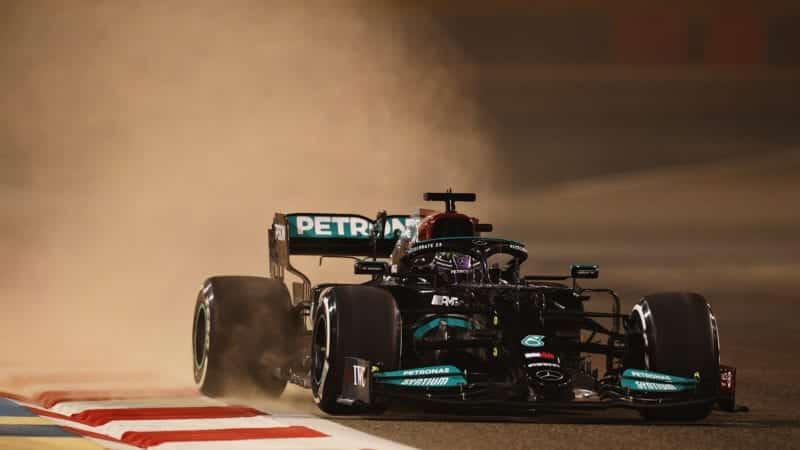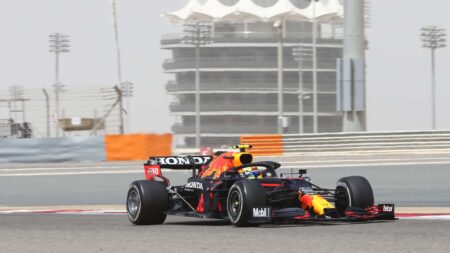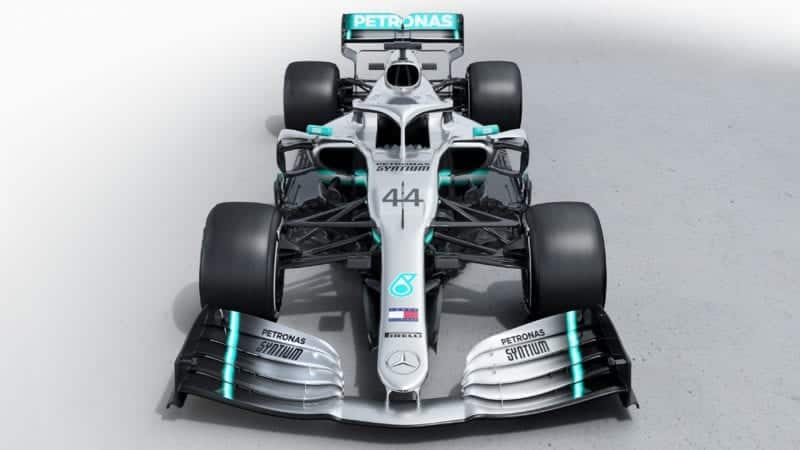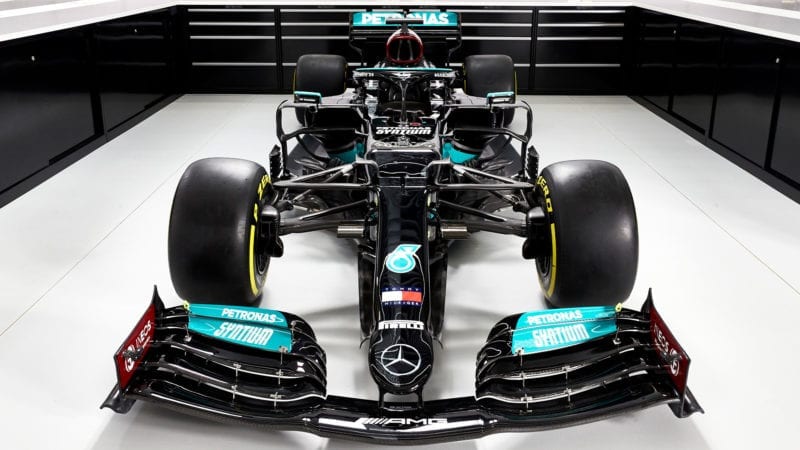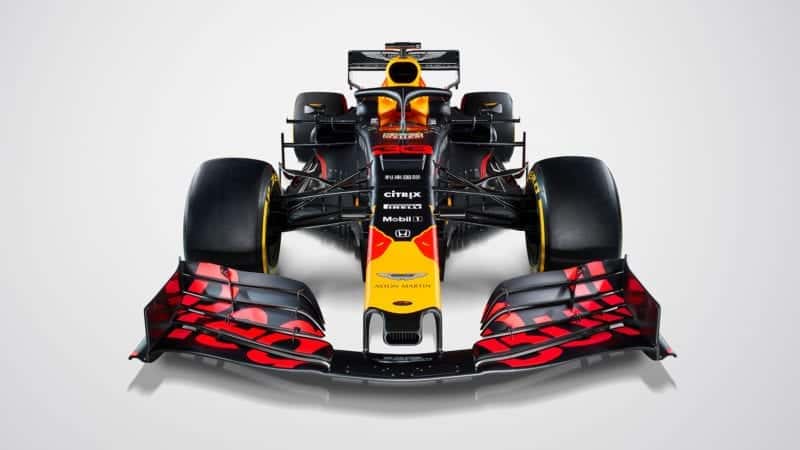Three days of winter testing at Bahrain two weeks ahead of the race there threw up an intriguing picture, one in which the Honda-powered Red Bull and AlphaTauri teams emerged as the star performers and in which Mercedes was struggling with a serious rear end instability problem which it didn’t immediately understand.
There are all sorts of reasons why testing at this venue makes reading the underlying pace of each car even more difficult than at the usual venue of Barcelona. There is a huge variation in the speed of the track from the heat of the day into the cool on the desert night – by something between 1.5-2sec. The different engine modes used by the teams at different times have a much bigger effect on lap times than at Barcelona because of the layout of the track with its repeated acceleration zones. But trickiest of all, in these three days the wind was gusty and wildly varying in both its strength and direction – which is something that can happen at a track surrounded by flat expanses not far from the tidal effects of the sea. It is that wind which may well hold the secret to Mercedes’ struggles.
Red Bull appeared to be a full 1sec faster than Mercedes
There were no classic long runs to help with the comparison by equalising the fuel loads. With everything squeezed into three days, for most teams race simulations simply took up time better devoted to conducting a greater number of experiments (Ferrari and AlphaTauri were exceptions here). So all we had really were the fast times set in the cool ‘happy hour’ on the final day – which in general seemed to be at least 1sec faster than the equivalent happy hours of the previous days – when we cannot know for sure how the fuel loads between teams compared.
Traditionally in testing Mercedes has run even qualifying simulations with significantly more fuel on board than it would if it were for real. McLaren and the former Racing Point team historically have gone for only slightly less, Red Bull, Ferrari and AlphaTauri a little less again. The others tend to fuel much as if it were actual qualifying. Adjusting for those assumptions and for the different tyre compounds used when the best times were set, Red Bull appeared to be a full 1sec faster than Mercedes, which was merely in the lead chasing pack, together with AlphaTauri, Ferrari and McLaren (and probably Aston Martin but the car was sidelined by a turbo problem when the track was at its fastest). Behind that pack seemed to be three no-man’s lands occupied by Alpine, with a big gap then back to Alfa Romeo, then Williams – with Haas hanging off the back. That was the picture on that day in those conditions.

